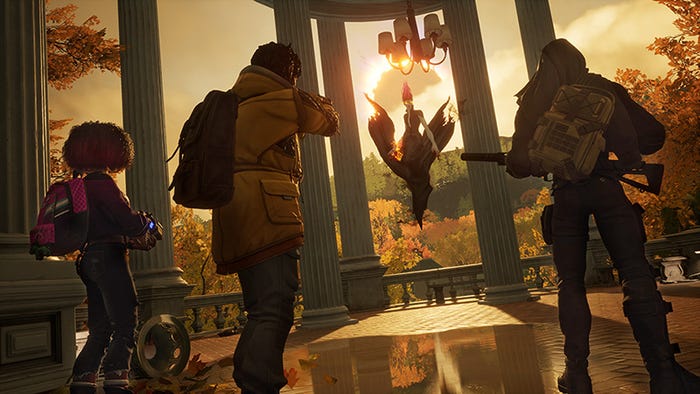4 Quick Examples of Integrating Game Mechanics and Storytelling
One of the major things that bothers me is that there isn't enough games that integrate Game Mechanics and storytelling often. Interchangeable McGuffins don't count. So here are some examples to help others put more game mechanics as story.

One of the major things that bothers me is that there isn't enough games that integrate game mechanics and storytelling. There is so much talk about doing this yet not enough examples. And if there is some in a game, the number of them Interchangable McGuffins don't count. So here are some examples to help others put more game mechanics as storytelling. They come from a game I developed, Fading Hearts.
Some of them will be subtle. Some of them more obvious.
Obviously this will filled be with spoilers.
1. Talking with a Certain Character Delays Endgame
In Fading Hearts you can choose how you spend your time. This is simliar to Persona 3 and 4. However 1 of serveral end games sequences gets triggered based on several timers. One of these timers is the time left before the "source of darkness" goes crazy.But talking and spending time with a certain informational character adds more time. So why would that be? Oh shoot...
I do understand that something as subtile as that is something that hardly any average gamer would pick up on. However for those that do, it would be quite a juicy tidbit for that to be revealed. Also this can be discovered easier after the player naturally realizes the identity of the "source of darkness".
And before you think "Why put this in the game if not all players are going to figure it out?" let's just say to make word-of-mouth conversations more interesting and increase the effectiveness of those to sell more units.
2. Implications of Learning Magic from Comics/Manga in a Modern Time
Fading Hearts takes place in a modern fictional land. However the player will eventually learn magic spells from the manga he reads in-game. Not only that but there is a hint on how to beat a puzzle boss in one of them as well.
So what does this mean? Could there be a connection with the magical girl running around in the woods defeating the monsters in the forest? Keep in mind this is a "Modern" time in a city.
3. You Cannot Win in a Straightforward Battle with a Magic Wielding Person
This is more of the point that in the setting described by the dream secquences and manga that girls are far more magically powerful than males. This is reflected in gameplay as well because the magical girl is a "puzzle boss". You cannot deal any damage in that battle. It would just miss.
The main character is supposed to be one of the exceptions to this rule. However his power is being limited due to a magical item being fused to him. The player never gets to enjoy the full power.
4. Naturally Resistant to Magic that the Puzzle Boss Mentions In-Battle
I needed a way for a level 1 character to survive long enough so that the player had a fair number of turns to solve the puzzle boss. So I just made the puzzle boss only use magic attacks and the player character have about 95% magic resistance. The puzzle boss tries to do a light attack. It surprsingly doesn't do that much damage for both the player and the puzzle boss. Tries a few more times with stronger attacks. Then goes for the "One-hit-KO" after charging an attack for 3-4 turns.
But why would the boss try to go easy on you at first? If you knew the identity of the puzzle boss then it would make perfect sense.
More to Come Later
Hopefully this will help inspire people to make more integrated story and gameplay so that they feed into each other. There's far more examples in Fading Hearts that I just can't remember. Maybe I'll put more some other time.
Well... until next time!
Read more about:
BlogsAbout the Author(s)
You May Also Like













